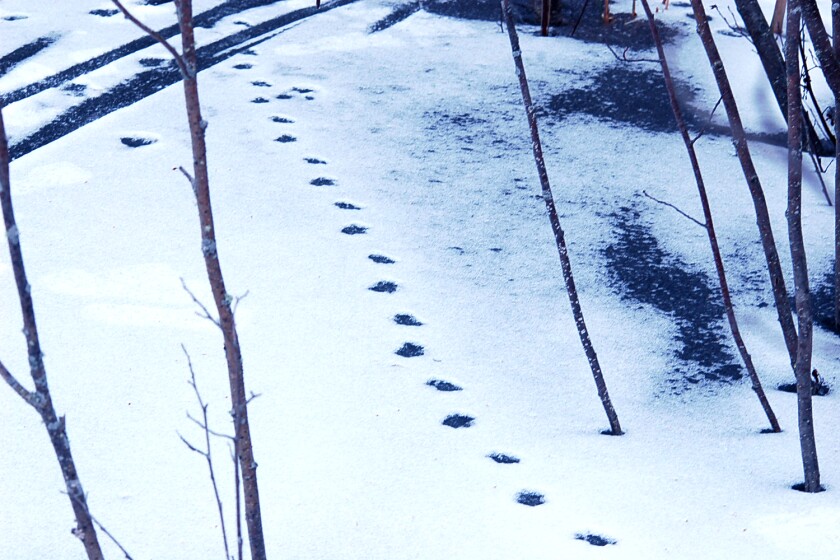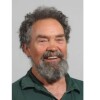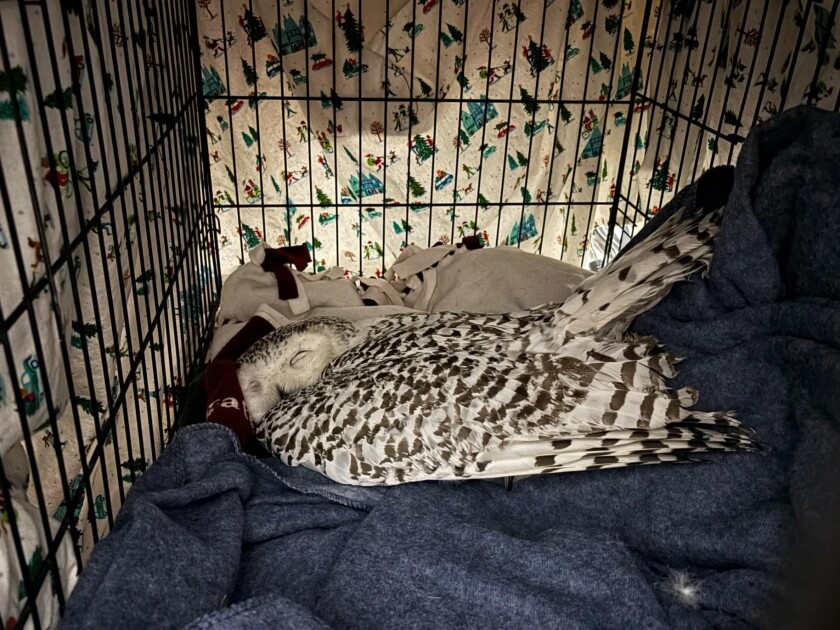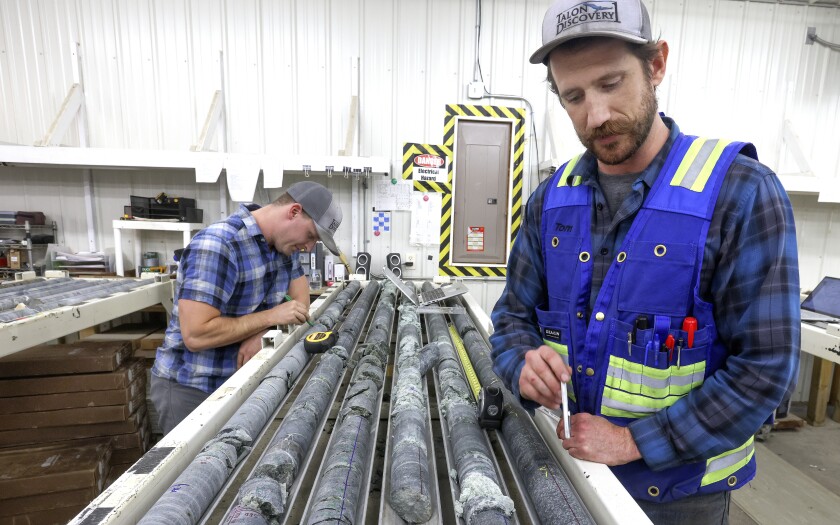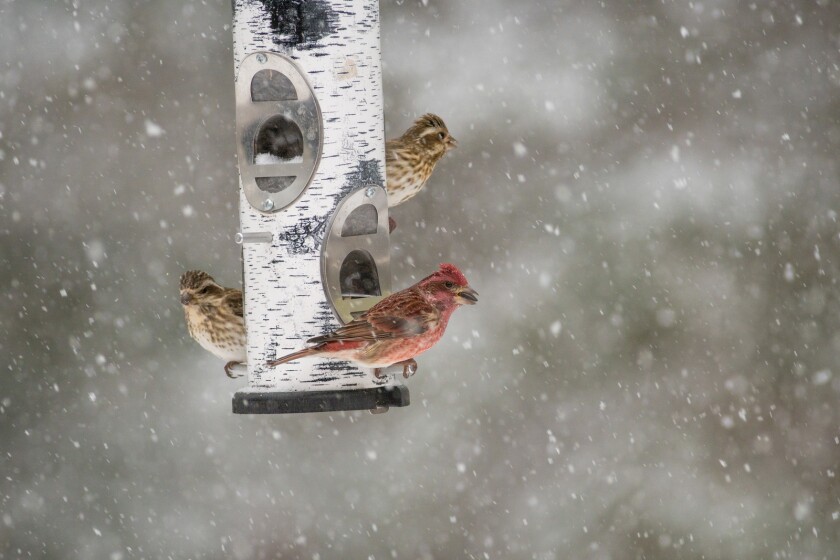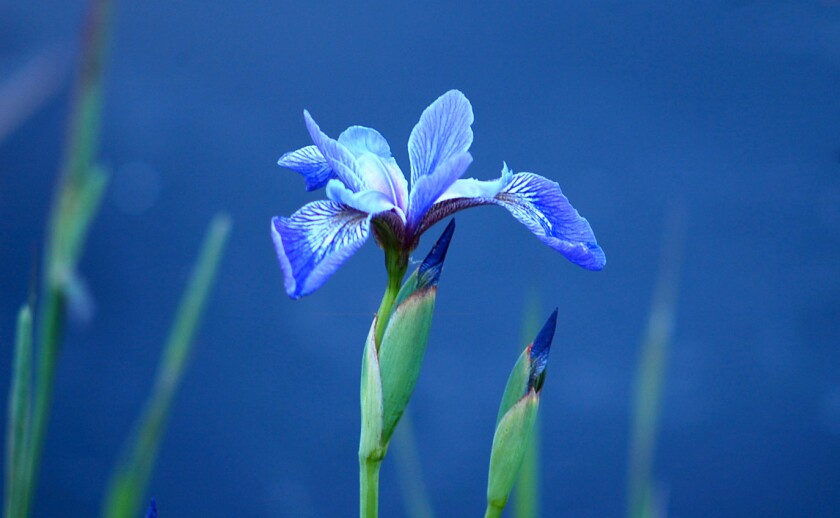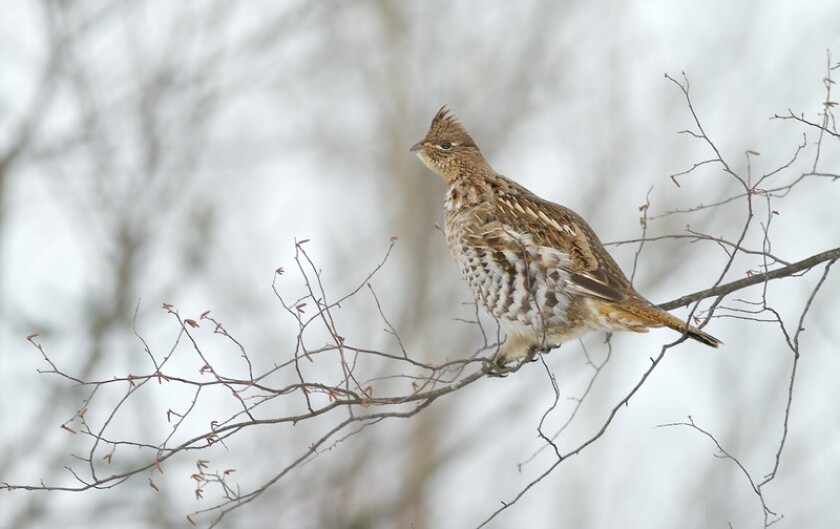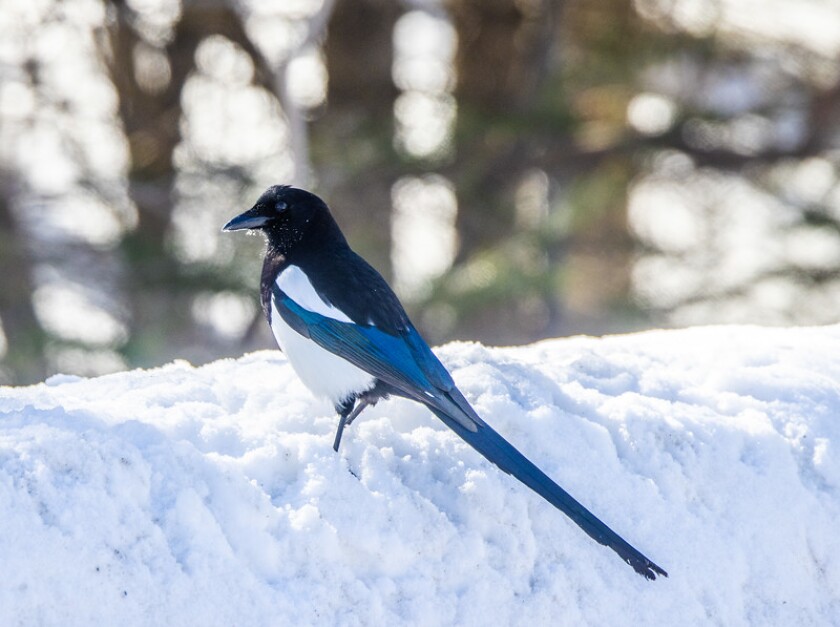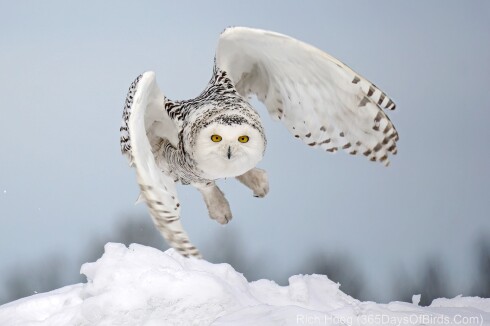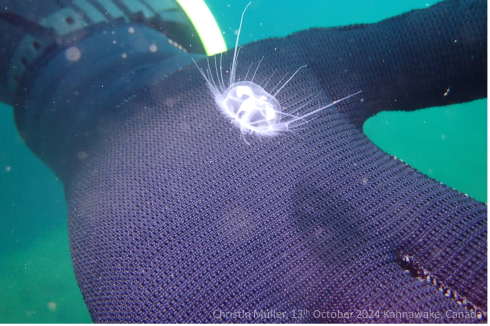Along with the holidays at this time of year, there is a tradition of a different type: the Christmas Bird Counts. Using Christmas only as the time when the counts are done, they are a look at what birds are wintering here with us.
Participants search a predetermined site — the same location each year. The count area is a circle with a diameter of 15 miles and a 7.5-mile radius. Within the count circle on the chosen date all birds — species and number — are recorded. This is seen as a way of determining the status of the birds that are here for the winter. And since the same area is counted each year, this data is useful.
ADVERTISEMENT
This count has become a tradition among many of the nation’s birders and nature observers. These counts have been going on for years. They began in the early 1900s, more than 120 years ago.
It is nice to know what birds are wintering here. They tend to be permanent residents — ones that nest in the Northland and remain all year. Some are also winter visitors — those that are here only in winter, maybe coming from the far north. There may also be some late migrants lingering in the region.
In June, many of these same participants conduct a Breeding Bird Survey to determine what birds are breeding in our region. With these and other surveys, birds are fairly well accounted for. But what about the local mammal wildlife?
At this time, darkness is longer than light each day and many of the mammals that live here tend to be nocturnal. We usually do not see them; even though they are active. If we were to survey only the mammals seen, we would be limited. Fortunately, we have another way to find out who is here and active (mostly at night).
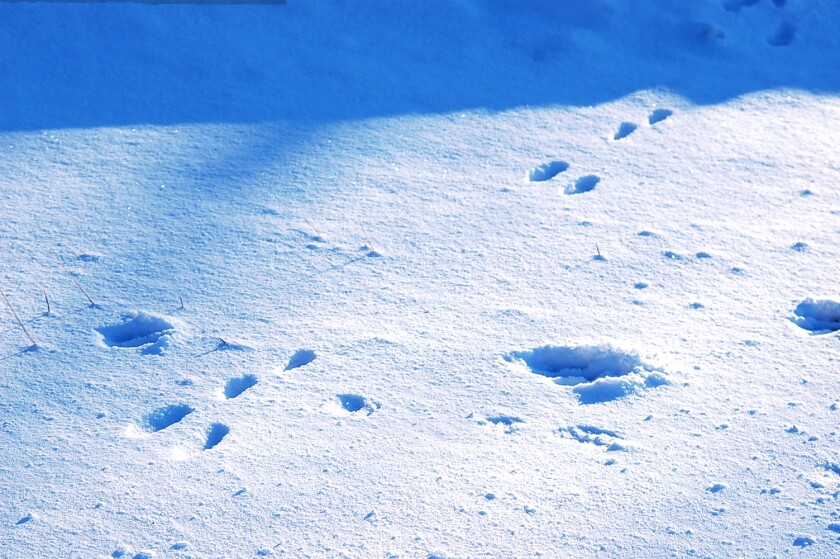
Typically, we have a snow cover, and this cold blanket is great for telling us of the mammal activities. The snowpack varies much in depth and texture, but with enough practice, we can read their tracks.
I use a simple equation: tracks equals footprints plus gait. Footprints are done by mammals in three ways: Some use their whole foot, some use only toes, and there are those on toenails (hooves). Gait, the pattern of moving, is usually two: walking (running) or hopping (jumping).
In the region, we may see 20 kinds of mammals active on a January day unless it is extremely cold.
ADVERTISEMENT
Among the walkers are deer, moose, foxes, coyotes, wolves, raccoons, porcupines, muskrats, voles, shrews and moles.
Hoppers include squirrels, white-footed mice (the only hoppers to give tail marks), snowshoe hares, cottontail rabbits, weasels (ermine), minks, martens, fishers, otters and skunks. Hoppers can and will walk, but walkers are not likely to hop. (There are also other modes of movement such as sliding or tunneling.)
I find that the best time to observe tracks is the day after a new snow. This new snow does not need to be heavy; an inch or 2 is fine.
Also, in looking at the tracks, it is best to see several tracks and follow them for a while. Some snow, usually wet, will give clear footprints, but not dry snow.
Nearly all snow conditions can give a good impression of the gait of walking or hopping. A few days (week) after seeing the fresh tracks, another snow will cover all these tracks and trails, and new ones will form.
As we wander through winter, we can use tracks to determine what mammals are here with us.

